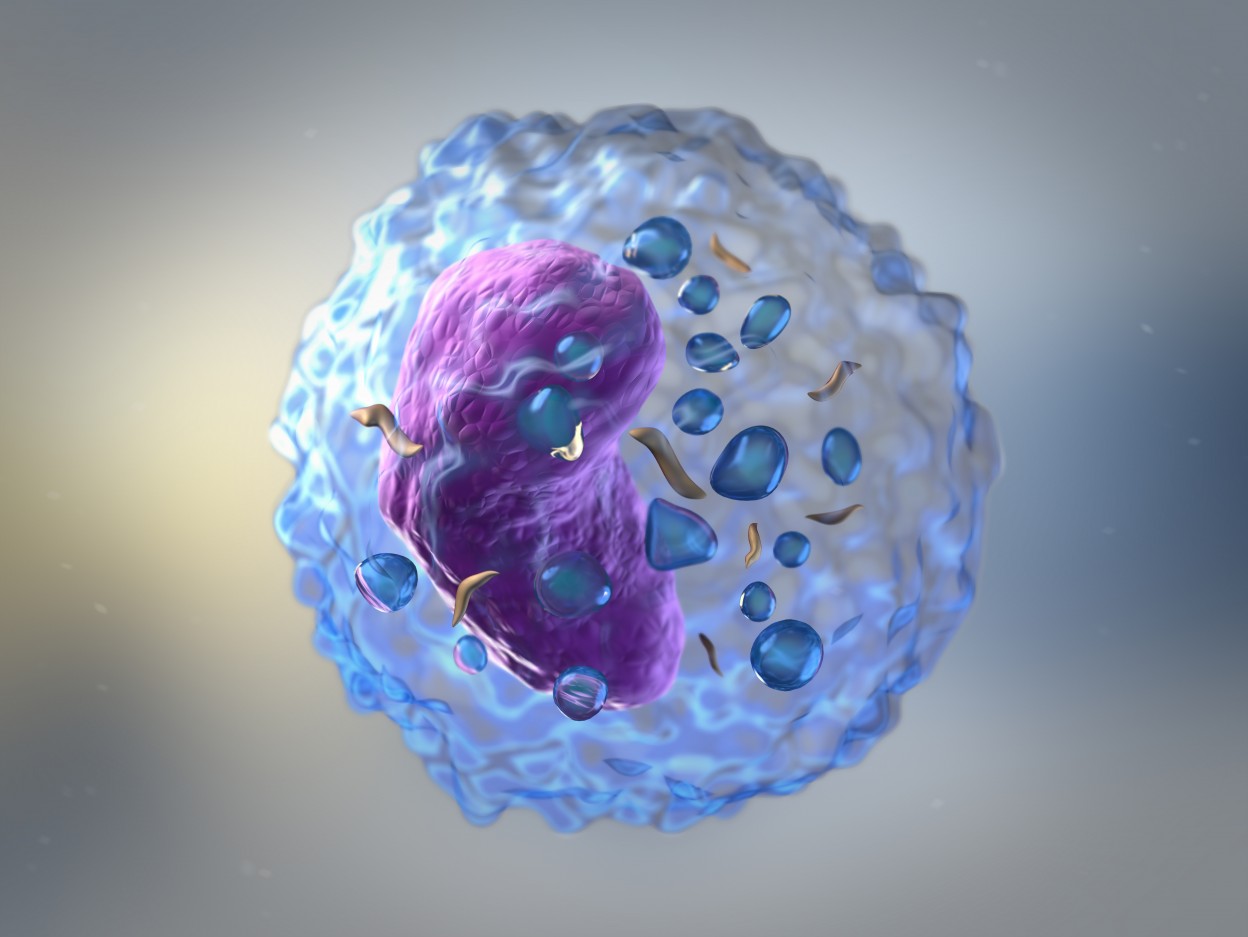2 Signaling Pathways Work to Drive Lymphoma in Acquired Angioedema Patients
Written by |

Two signaling pathways — NOTCH2 and NF-kB — are likely involved in both autoimmunity and driving splenic marginal zone lymphoma in patients with acquired angioedema, new research shows.
The study, “Splenic marginal zone lymphomas in acquired C1-inhibitor deficiency: clinical and molecular characterization,” was published in the journal Medical Oncology.
Acquired angioedema (AAE), a subtype of angioedema, develops due to an acquired deficiency of the inhibitor of the first component of complement (C1-INH).
Patients with AAE often develop lymphoproliferative disease, a condition where immune cells — called lymphocytes — are produced in excessive quantities. These conditions can include cancers such as non-Hodgkin’s lymphomas (NHL).
In particular, AAE patients have a much higher prevalence of splenic marginal zone lymphoma (SMZL), a slow-growing subtype of non-Hodgkin’s lymphoma, compared to the general population.
However, the exact mechanisms linking SMZL with AAE remains unknown.
In general, patients with autoimmune diseases are actually more prone to developing marginal zone lymphomas (MZL). Interestingly, activating mutations in NOTCH2 — a gene involved in growth of lymphocytes in MZL — are described in approximately 20% of cases.
SMZL is associated with antigenic stimulation, a process by which the immune system is stimulated by a pathogen (or in the case of autoimmune disease, the body’s own components) leading to an immune reaction.
Antigenic stimulation often leads to the activation of NF-kB signaling pathways, which is required for activation and growth of certain immune cells, such as B-cells.
Recent studies have shown that NOTCH2 and NF-kB signaling pathways actually work together to develop lymphoproliferative disease.
Therefore, researchers set out to investigate whether chronic antigenic stimulation may trigger development and growth of lymphoma, particularly SMZL, in AEE patients.
Researchers studied 24 AAE patients with NHL, among whom 15 had SMZL.
They found NOTCH2 activating mutations in four of the 15 patients with SMZL. None carried MYD88 or BIRC3 mutations, which are other mutations that are sometimes involved in SMZL.
The results are consistent with previously published findings that implicate the role of NOTCH2 in the development of SMZL. This suggests that NOTCH2 activation, in combination with antigen stimulation, plays a role lymphoma development in the setting of AAE.
“Experimental evidences pointed to NOTCH2 and NF-[k]B signaling as a strong driver of autoimmunity and lymph proliferation,” researchers explained.
They suggest that identification of NF-kB as a pathway repeatedly involved in SMZL “provides the rationale for targeted anti–NF-[k]B therapeutic approaches in this lymphoma.”





